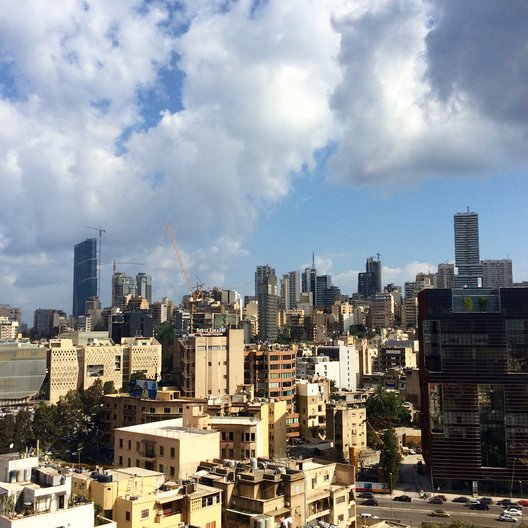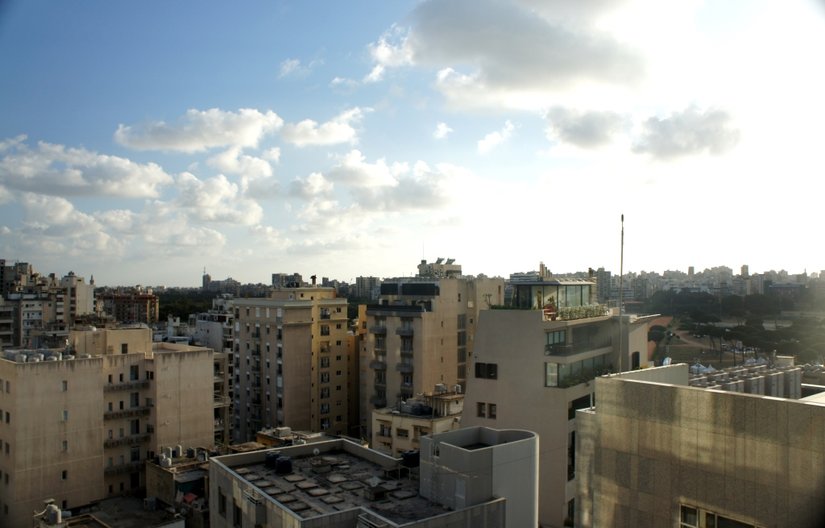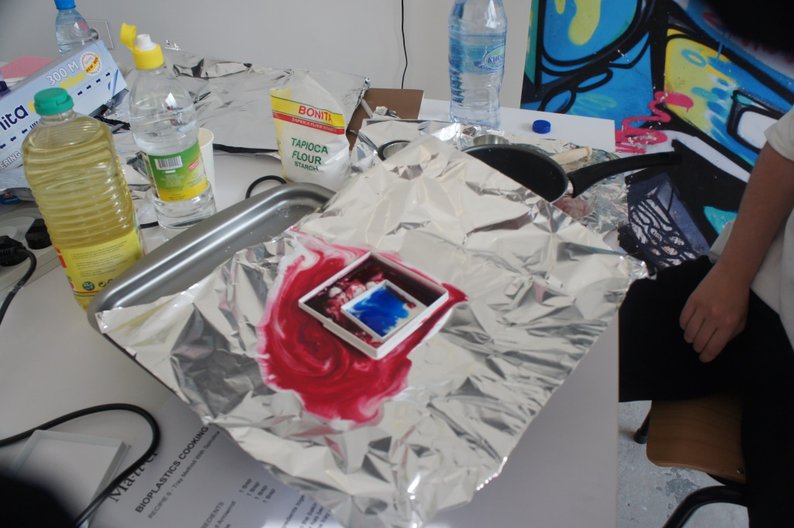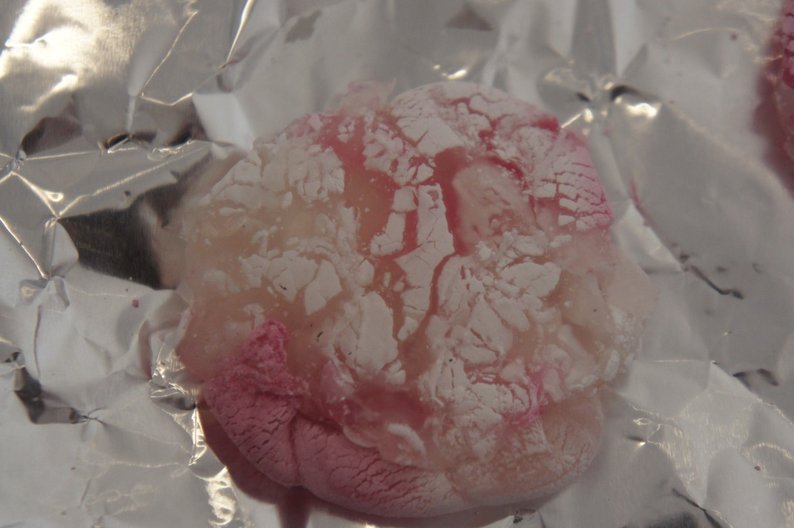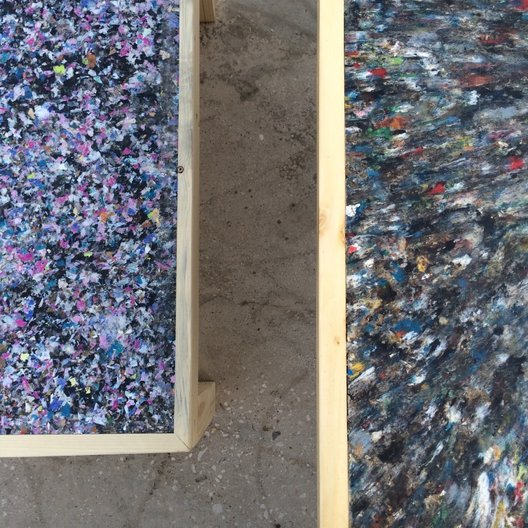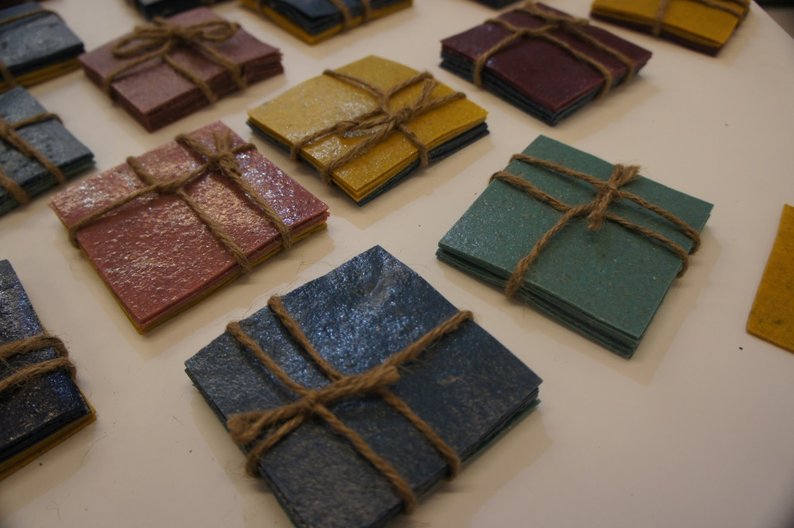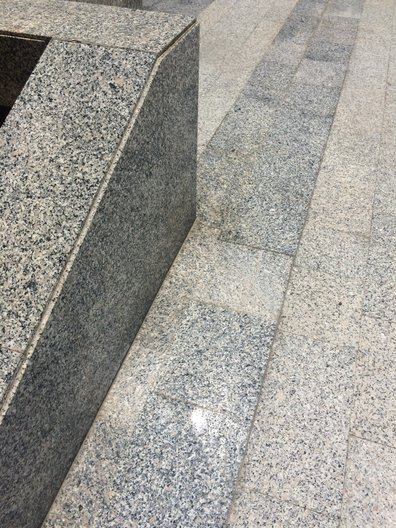9 June 2016
by Seetal Solanki
I was invited to take part in Beirut Design Week 2016 by the British Council to talk about my work with Ma-tt-er and as a materials conservationist. On 20th May, the opening night of BDW, I was joined by fellow guest speakers of the night Daan Roosegaarde and Bettina Richter. I talked and discussed about Food and Material Matter, how these two industries are so connected and how we can better the way in which we live through these methods and industries for a more sustainable future.
Leading on from the talk, I hosted a Bioplastics Cooking Workshop. This looked at alternative ways to create sustainable plastics with easy to use ingredients and methods such as tapioca flour, corn starch, vinegar, water and oil. This gave participants an insight into bio-facturing and how to create with the circular economy in mind.
Growing Sustainably was the theme for this year’s BDW and the designers exhibiting during the design week were responding to the garbage crisis the country is currently facing. The lack of landfills means that there will be an increased abundance of waste materials. Some of the local designers were using wood glue, plastic bags, fruit leather and narrative driven design to create products that relate to their environment and surroundings.
The social and political situation within the country is an interesting one and the people are leading the country which in itself comes with great advantages within design. A country to visit again with a thriving culture of creativity, innovation and great possibilities.
Category
British Council Project
Location
Lebanon
Tags
Collaboration
Craft
Creative Industries
Culture
Design
Education
Festival

